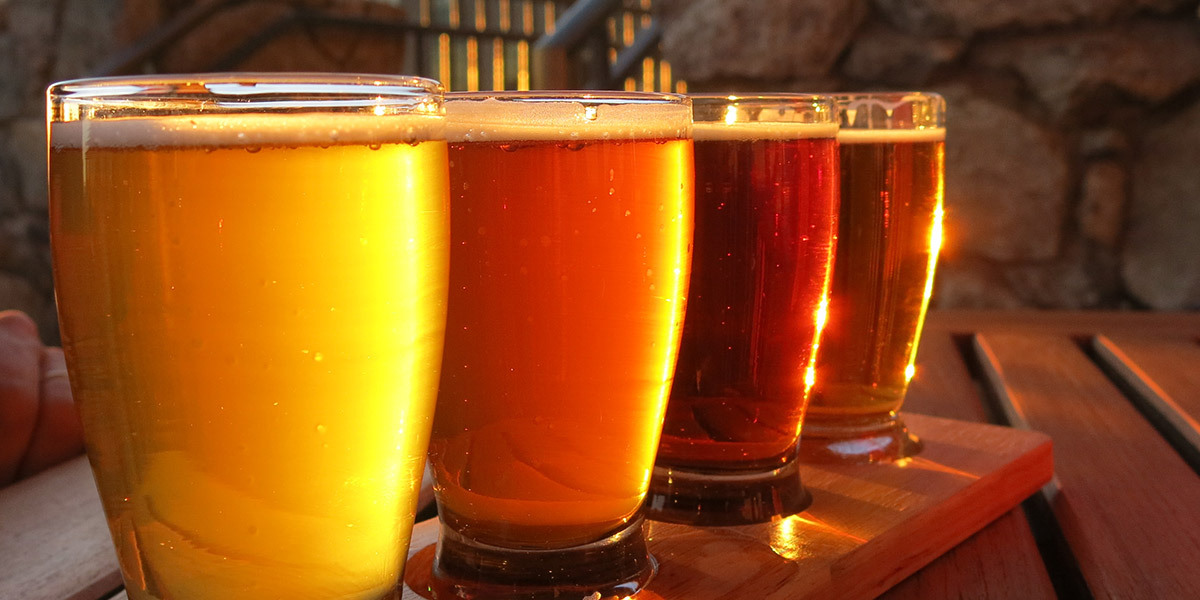

Hoisting A Cold One These Days Is All About The Attitude
Forget that whole chicken-and-egg conundrum. The real question is: Which came first, bread or beer?
Experts aren’t sure. Both require grain. Both were developed a long time ago (at least 5,000 years back, maybe as long as 10,000) and probably pretty much simultaneously. Besides, after working all day in a wheat field, wouldn’t you need a cold one?
What everyone can agree on is that the two go well together.
So order one of those big honkin’ pretzels and let’s fast-forward to the current chapter of beer history: the craft beer explosion.
The Birth Of Craft
The current craft beer phase first raised its foamy head in the late 1970s and ’80s. Tired of thin, mass-produced “beer” and inspired by New Albion Brewery in Sonoma, CA, and Fritz Maytag at Anchor Brewing Co. in San Francisco, microbrew pioneers began to produce full-flavored beverages with Old World roots but a distinctive American personality. The locals — wherever they happened to be — loved the new brews, and specialties developed to cater to individual markets.
Now is a great time to be a beer drinker in America. We have a varied and innovative beer culture with more beer styles and brands to choose from than any other market in the world, according to CraftBeer.com. The majority of Americans lives within 10 miles of a brewery — which is great, though we can enjoy craft beers from all over now, thanks to improvements in distribution. Fifteen states boast more than 100 breweries each and, nationwide, more than 4,200 craft beer producers crank out enough liquid gold to account for 12 percent of the nation’s total beer market.
Beer trend watchers credit the craft movement with giving life to a number of excellent brewers, along with prompting corporate entities to start buying up smaller beer makers or producing beverages of their own that mimic “craft.”
Though known for their individuality, craft brews share some qualities that set them apart from the mass-produced stuff.
“Most brewers who brew craft beer prefer two-row barley over six-row barley,” said certified beer judge and beer/mead writer Steve DellaSala. “Many brewers prefer using noble hops when affordable, or some of the higher-end domestic hops grown in the Pacific Northwest.”
They also are scrupulous about temperature controls during the mashing, brewing and fermentation processes and about keeping everything very clean so no microbial contaminants are introduced during fermentation.
Race To The Hop
Craft beer is now king of the bar. Choices range from light lagers and blonde ales that are perfect on a summer afternoon to porters that give Guinness a run for its money to specialty brews infused with everything from bacon to grapefruit. If you can’t find one you like, you should probably try the wine bar up the street.
The significant trend, though, is the growing popularity of India pale ales (IPAs).
Originally developed in the 1800s, IPAs used a higher alcohol content and additional hops to protect the delicate brew on its arduous journey from London to thirsty British soldiers in India. The soldiers weren’t used to the bitter taste, but, sweltering in the tropical heat, no one complained.
Here in the States, no beer has defined craft like the assertive IPA, a super-hopped, uber-bitter version of its predecessor. It’s less a beer style than an attitude — what one expert called a “middle finger” to the milquetoast beer establishment. Drinkers seem to love it. The bitter-is-better crowd has helped push the IPA to the point where it accounts for nearly half of the volume growth in all recent craft beer sales
Others are less than impressed. The “Justin Bieber of beer,” one beer nerd called them.
Taste Test? Sure, Why Not!
So you saunter into your local craft brew joint and notice some new taps. Be adventurous. The best way to discover which ones you prefer is to taste them — responsibly and in moderation, of course.


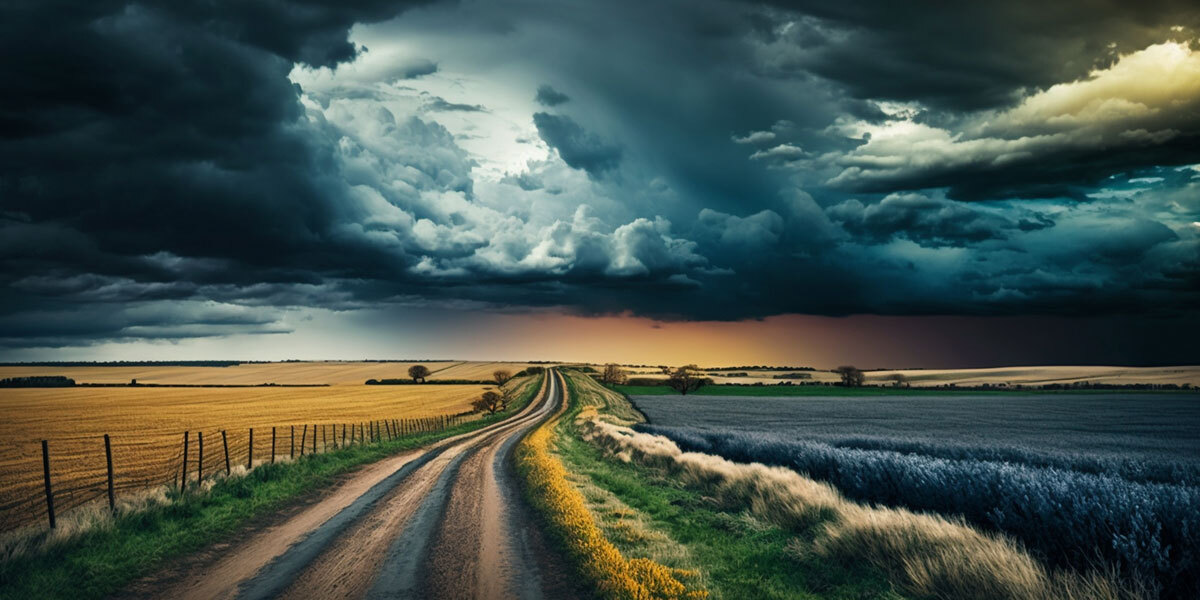
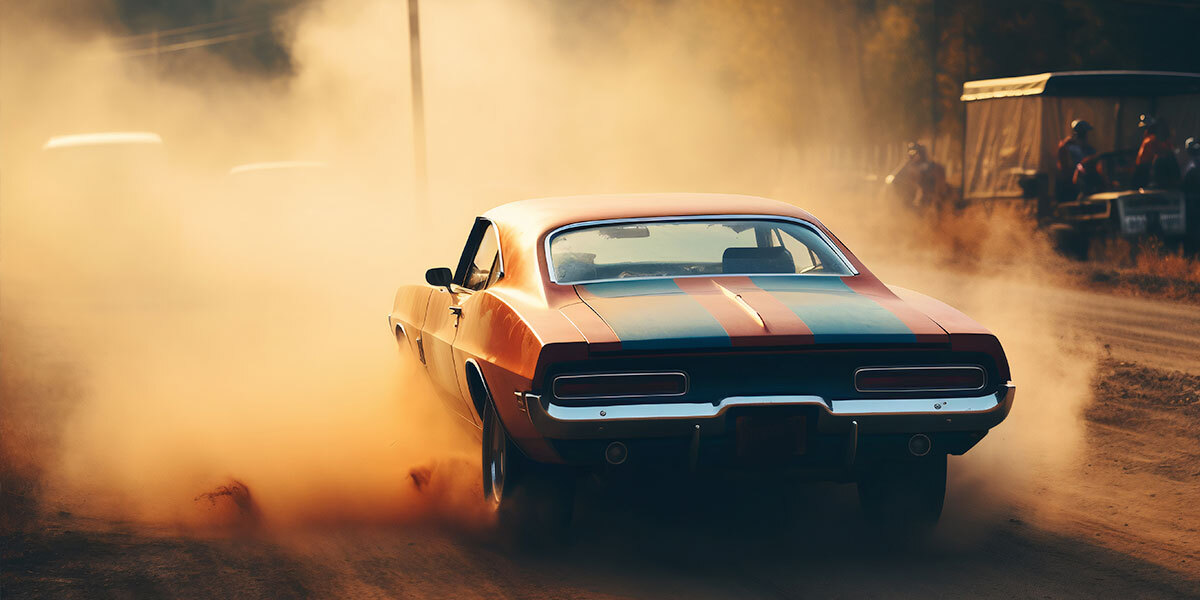
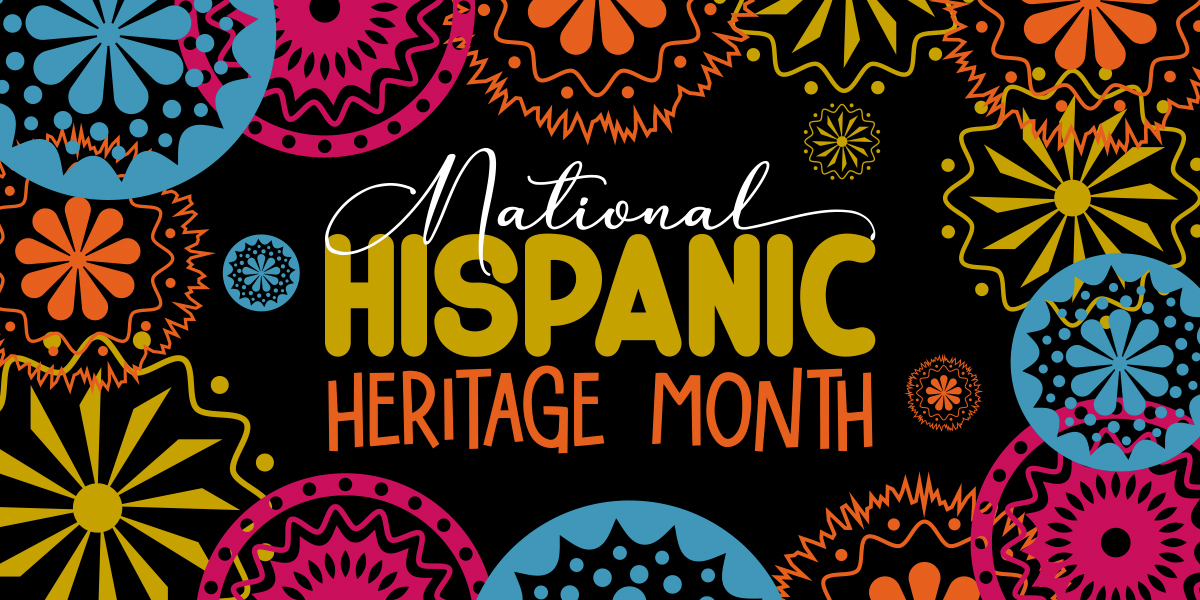




 Gear!
Gear!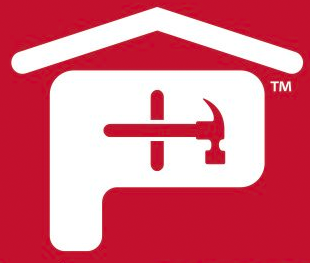 PRO LOGIN
PRO LOGIN